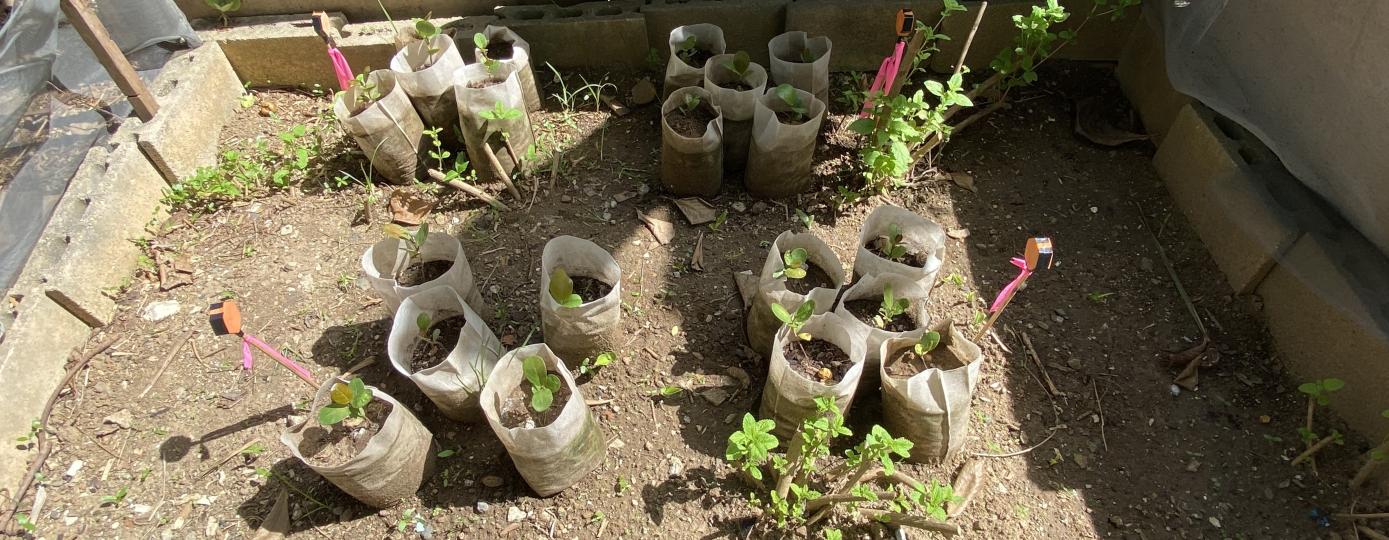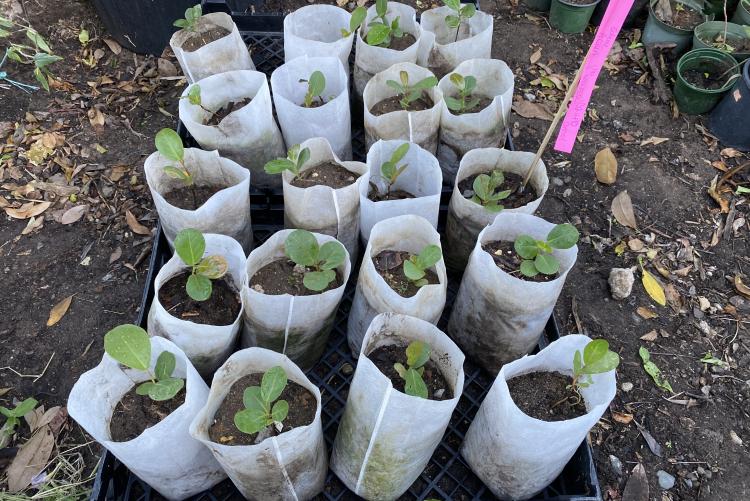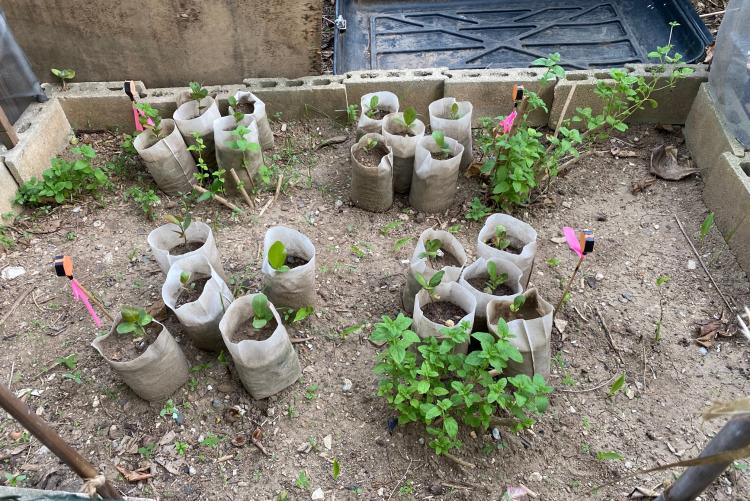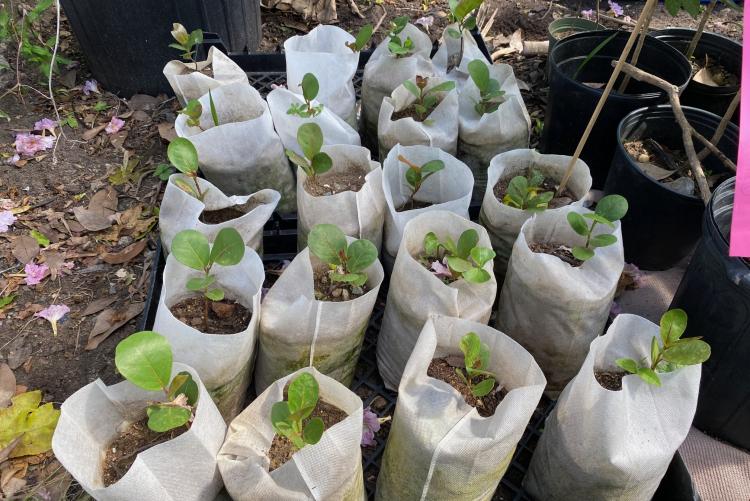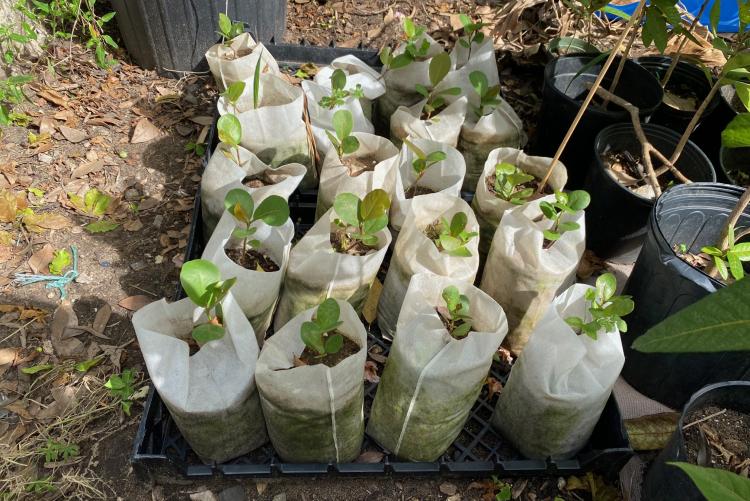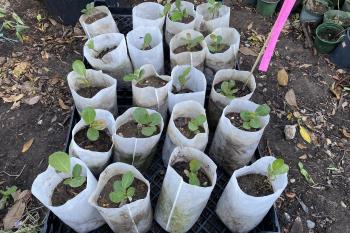A Non-Profit community organization with the vision of creating a holistic social work network to analyze all the ecosystems present in Santurce and draw up a restoration and conservation plan in areas that do not have one at the moment, with the in order to maintain a sustainable social-ecological relationship.
Through the union with various organizations that have the experience and professionals we have focused our plan for the restoration and conservation of coral reefs and dunes, the reforestation and cleaning of the coasts, urban areas and wetlands together with the implementation of an effective recycling system, so in turn these will be of benefit for the proliferation of the species they harbor.
Thier vision is to make educational information accessible within the urban coastal communities to create harmony between all the sectors that make up the Santurce area and the environment for the enjoyment and conservation of all. We believe in the union of communities to work for the common good and this is why our Coalition integrates both individuals and various organizations representing different communities, schools, universities, businesses and corporations, both in the public and private sectors.
Our initial objective is to explore and demonstrate the ability to expedite the growth of Grape Seed. Grape seed takes a while to get big enough to be transplanted back into nature which is beneficial for the ecosystem. By utilizing AgroSonics and exploring various types of soil amendments and controls we can determine which approach gets the greatest results to support the bioremediation and propagation of Grape Seeds and other plants.
Coccoloba uvifera is a popular ornamental plant in south Florida yards. It serves as a dune stabilizer and protective habitat for small animals. Tall sea grape plants behind beaches help prevent sea turtles from being distracted by lights from nearby buildings. The sap has been used for dyeing and tanning leather. The wood has occasionally been used in furniture, as firewood, or for making charcoal. The fruits of the sea grape may be eaten raw, cooked into jellies and jams, or fermented into sea grape wine (https://en.m.wikipedia.org/wiki/Coccoloba_uvifera).
We created a plot with 4 variables and a sprerate plot for the control. Plot A had 4 groups of 5 bags in each group. Each group of 5 bags had a variation of amendments to the soil within each bag. Group A has a organic fish fertilizer. Group B has a soil liquid condition (FBLC). Group C has a combination of the Fish fertilizer, FBLC soil conditioner, and a microbe blend designed to support plant functionalities. Group D has only local water that is the same water source use for all plants. Each plot received an AgroSonic placed next to each group so as to all face toward the center.
One of the immediate observations was the general size of each plant in the control group was larger to start with, and has stayed mostly the same size, however in the group with AgroSonics, the plants were generally smaller to start with yet have increased more in size. We have noticed a significant growth from lots of plant life within the area! The Poleo medicinal plant grew very quickly.
